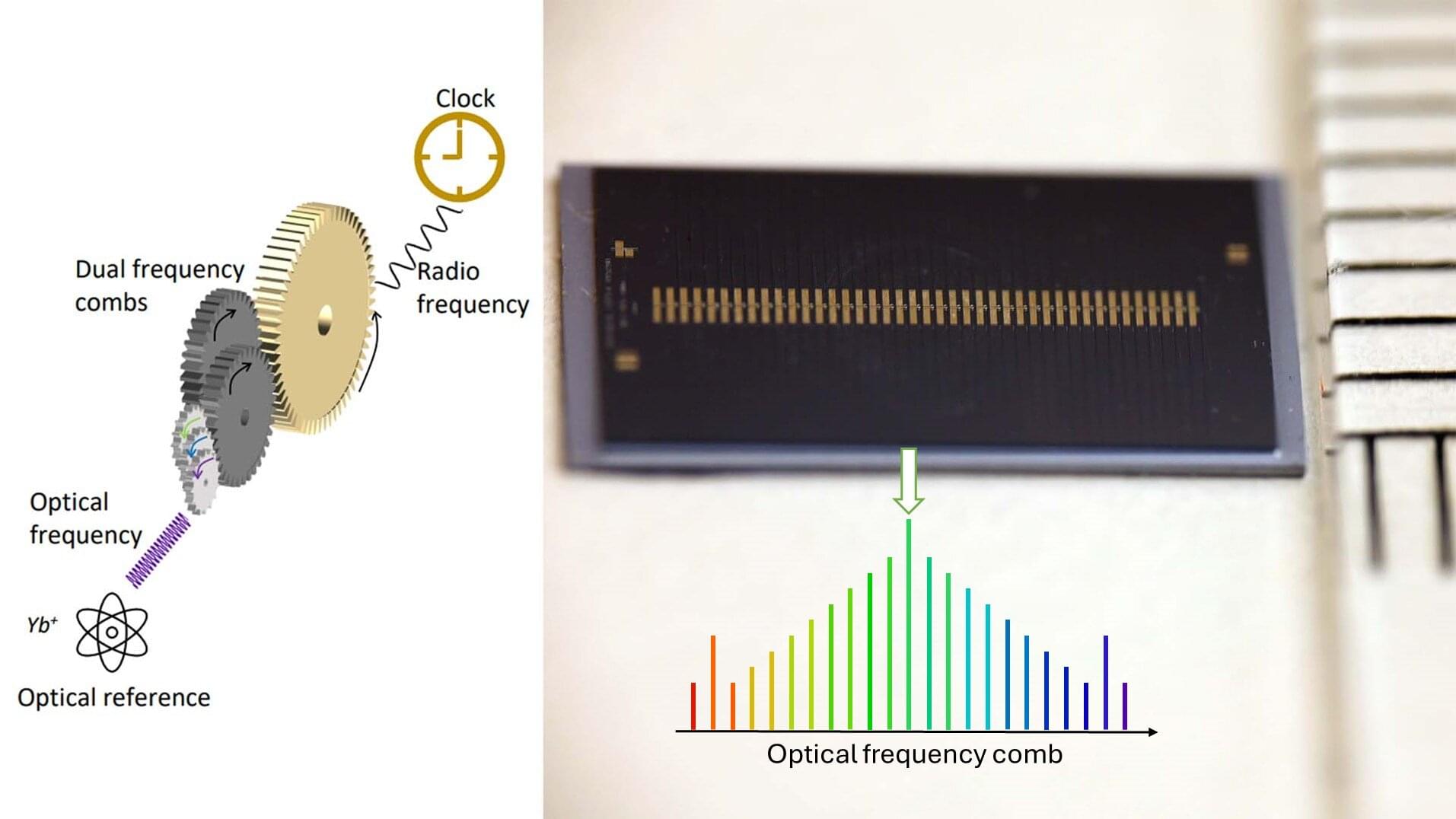Optical atomic clocks can increase the precision of time and geographic position a thousandfold in our mobile phones, computers, and GPS systems. However, they are currently too large and complex to be widely used in society.
Now, a research team from Purdue University, U.S., and Chalmers University of Technology, Sweden, has developed a technology that, with the help of on-chip microcombs, could make ultra-precise optical atomic clock systems significantly smaller and more accessible—with significant benefits for navigation, autonomous vehicles, and geo-data monitoring.
The research is published in the journal Nature Photonics.
